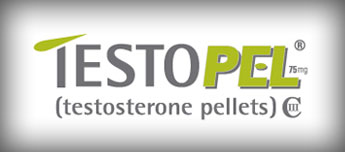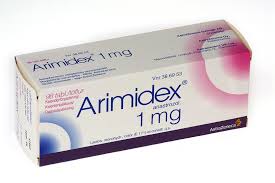Testosterone Pellets: Convenience in Replacement Therapy
Author: Brian Hildebrandt, Last Updated: Aug. 14, 2018
Testosterone pellets are one way to take supplemental testosterone. They are generally marketed under the brand name Testopel.
Testopel and other similar formulations require a prescription and are administered by a physician.
They are used primarily to treat testosterone deficiencies in men whose bodies are unable to create sufficient amounts due to injury, disease, or other unspecified causes.
How Testosterone Pellets are Administered
T Pellets are about the size of a grain of rice. They can be inserted as a quick procedure in your doctor’s office.
It takes only about ten minutes and is virtually pain free. The doctor will first numb an area on your hip then insert the pellets through your skin and into the fat on your buttocks.
The number of pellets you receive with each treatment will be determined by the dosage of testosterone you need, but may be up to ten at a time.
Testosterone Dosing Range
The usual starting dose of pellets ranges from 150-450 mg which equals two to six pellets.
How Testopel and Pellet Formulations Work
Testopel works by releasing a constant supply of testosterone in to your body, which can last for up to six months. Your doctor will monitor your testosterone levels in order to determine when it is time to implant more pellets.
Pellet Advantages

There are advantages to pellets over other types of testosterone therapy. It's a more convenient method of delivery.
You don't have to apply gels every day or visit the doctor once a week for shots.
Testosterone is delivered in a steady manner which keeps levels consistent in your blood and avoids erratic swings that may occur with other forms of delivery.
Pellet Disadvantages
The disadvantage of pellets is they require a minor surgical procedure. Pellets also make it more difficult to customize and adjust dosages.
Testosterone Pellet Side Effects
There is a risk of side effects associated with pellets. An infection may develop at the injection site. It's also possible your body may reject the pellets if they are mistaken as foreign objects.
Other side effects normally associated with testosterone include; acne, unusual hair growth, hair loss, anxiety, breast enlargement, infertility, increased sex drive, nausea, tingling, fluid retention, headache, prolonged erections, elevated cholesterol, and prostate enlargement.

Side Effects and Estrogen
However the majority of these side effects may be diminished by controlling excess estrogen; a by-product of testosterone.
The conversion of testosterone to estrogen may be decreased by a class of medications called aromatase inhibitors (AI's) like; anastrozole (Arimidex) or exemestane (Aromasin).
Testosterone Contraindications
Testosterone may possibly lower your blood sugar levels, so if you have diabetes you should monitor your condition closely. It may also cause edema, or an accumulation of fluids in the body which may be harmful to people with heart and kidney disease.
Testosterone delivered in any other manner has similar side effect risks. The risks unique to testosterone pellets are associated with mode of subcutaneous injection.
Together with your doctor, you can weigh the benefits against the risks and determine if this convenient method of testosterone delivery is for you.